Nymphenburg - 小雕像 - porcelain cockatoo model 413 - 瓷器
編號 92899625
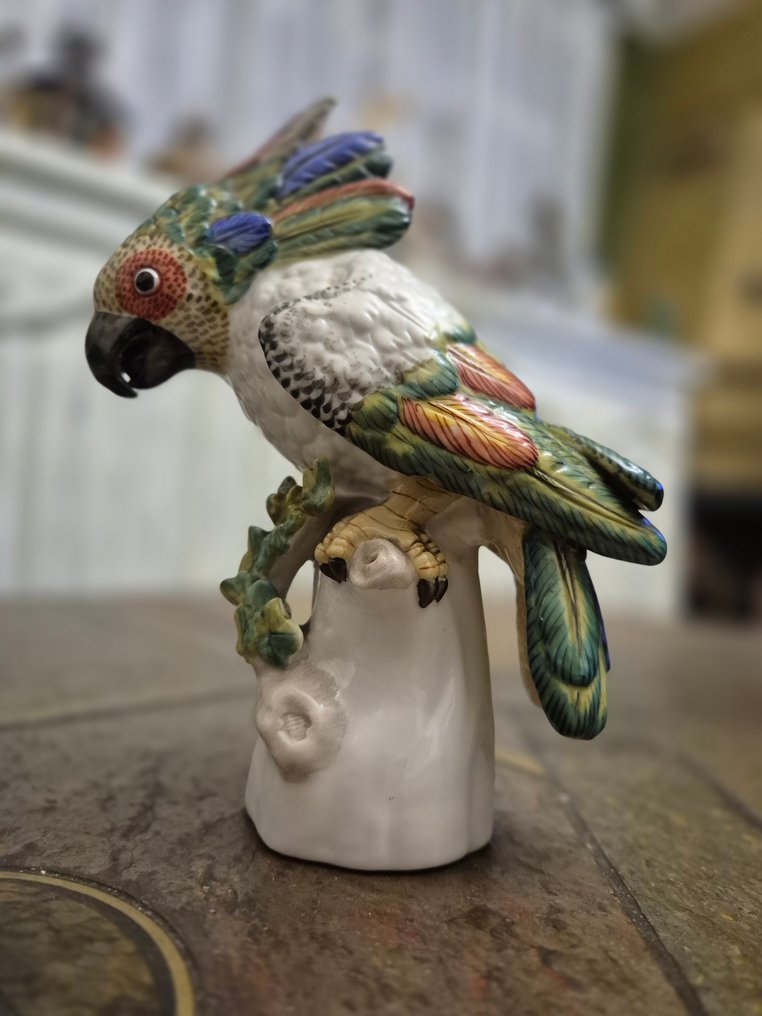
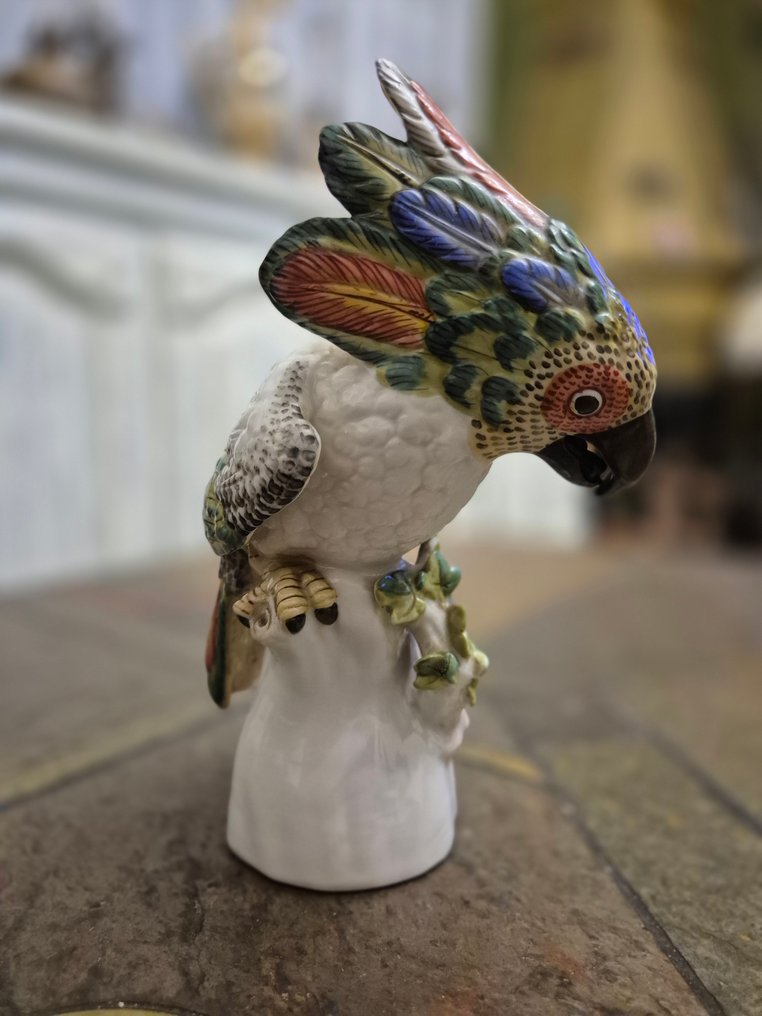
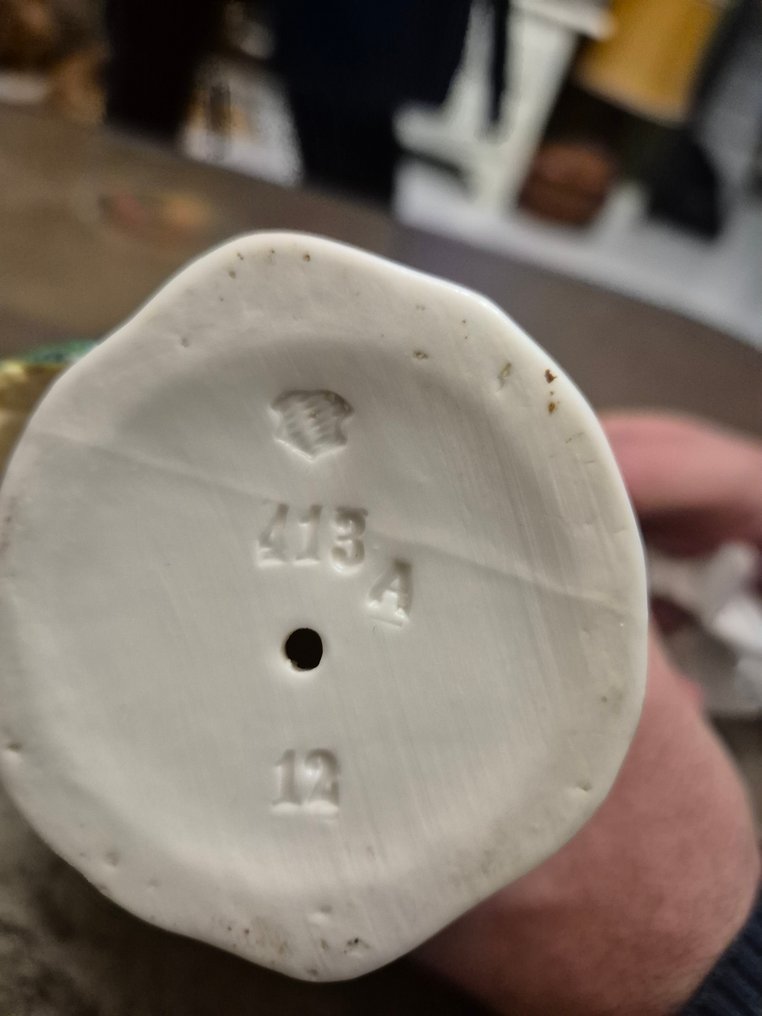
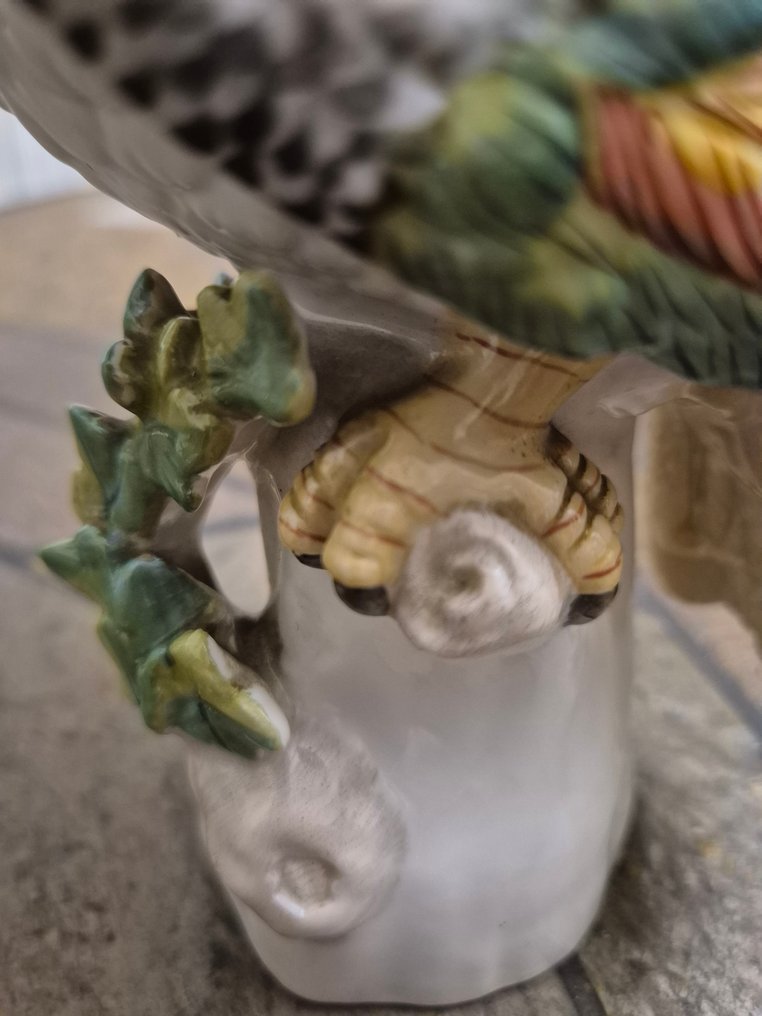
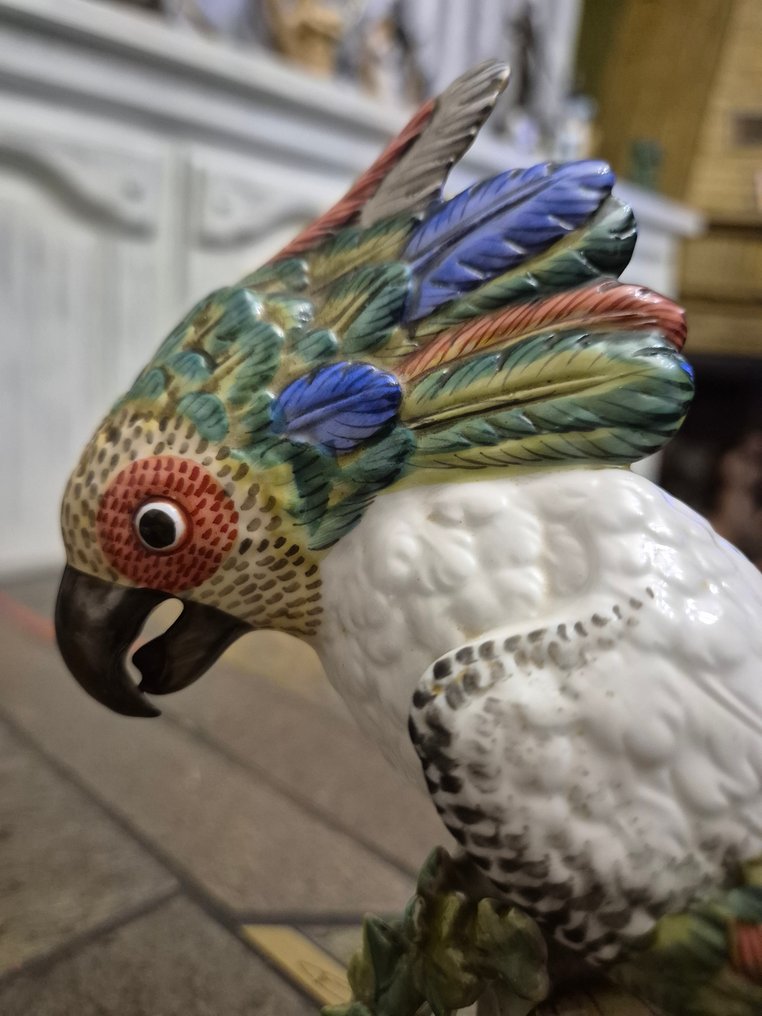
A rare Nymphenburg porcelain figurine, cockatoo, 20th Century. Glazed white porcelain with a hand painted, coloured finish. The factory mark and the embossed model 413, incised A on the base.
In perfect condition.
Nymphenburg - one of the most traditional porcelain manufactories in Europe- was founded in 1747 by Maximilian III Joseph, the Elector of Bavaria, near Munich. However, it did not produce under the name we know today until 1761, when it was moved to Nymphenburg Palacewas moved.
Porcelain was invented in East Asia about 2,000 years ago, and its recipe, which requires a special clay called kaolin, became a closely guarded secret. It was not until the early 17th century that chemists in Meissen, commissioned by Augustus II the Strong, Elector of Saxony, discovered a process for producing true porcelain (as opposed to soft-paste porcelain). Soon, factories across Europe were producing fine porcelain services and sculptures for an elite clientele.
Nymphenburg was one of these factories, producing elaborate dinner, dessert, coffee and tea services and sculptures for the Bavarian nobility .
A rare Nymphenburg porcelain figurine, cockatoo, 20th Century. Glazed white porcelain with a hand painted, coloured finish. The factory mark and the embossed model 413, incised A on the base.
In perfect condition.
Nymphenburg - one of the most traditional porcelain manufactories in Europe- was founded in 1747 by Maximilian III Joseph, the Elector of Bavaria, near Munich. However, it did not produce under the name we know today until 1761, when it was moved to Nymphenburg Palacewas moved.
Porcelain was invented in East Asia about 2,000 years ago, and its recipe, which requires a special clay called kaolin, became a closely guarded secret. It was not until the early 17th century that chemists in Meissen, commissioned by Augustus II the Strong, Elector of Saxony, discovered a process for producing true porcelain (as opposed to soft-paste porcelain). Soon, factories across Europe were producing fine porcelain services and sculptures for an elite clientele.
Nymphenburg was one of these factories, producing elaborate dinner, dessert, coffee and tea services and sculptures for the Bavarian nobility .